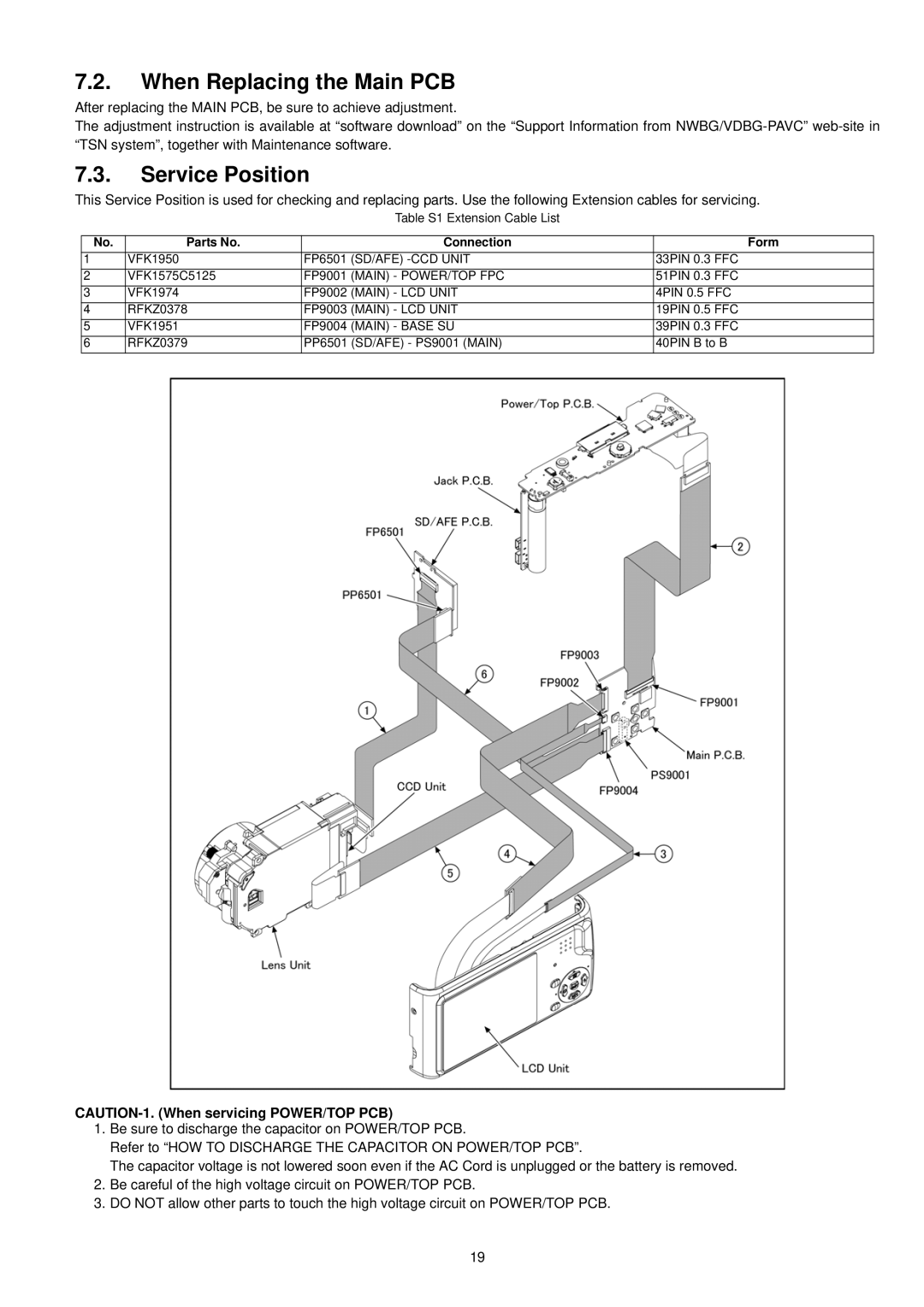DMC-TZ1EF, DMC-TZ1EG, DMC-TZ1GN, DMC-TZ1EB, DMC-TZ1EGM-K specifications
The Panasonic DMC-TZ1 series represents a significant milestone in the realm of compact digital cameras. Designed with user-friendliness and advanced technology in mind, these models, including the DMC-TZ1PL, DMC-TZ1GC, DMC-TZ1EE, DMC-TZ1SG, and DMC-TZ1PP, cater to both amateur photographers and enthusiasts alike.One of the standout features of the DMC-TZ1 series is its impressive 10x optical zoom lens. This capability allows users to capture stunning imagery with versatility, from wide landscapes to detailed close-ups. The lens is paired with a 7.2-megapixel sensor, which ensures sharp and vivid images, suitable for printing and sharing.
Incorporating Panasonic’s advanced image stabilization technology, the DMC-TZ1 models reduce the effects of camera shake, making them ideal for handheld shooting, especially in low-light conditions. This feature is particularly useful for travel photography, as it enables users to capture steady shots without the need for bulky tripods.
The TZ1 series is equipped with several automatic shooting modes, including portrait, landscape, and night scene settings. This intelligent scene selection enhances image quality, allowing photographers to focus on composition rather than technical settings. The integration of ISO sensitivity adjustments further contributes to the camera's performance in challenging lighting scenarios.
The cameras also feature a bright 2.5-inch LCD screen, offering a clear view for framing shots and reviewing images. Its user-friendly interface makes navigation simple, ensuring that users can easily adjust settings or browse through their images.
Additionally, the DMC-TZ1 series supports various imaging formats, including JPEG and AVCHD Lite for video recording, allowing for versatility in media storage. High-definition video recording capability opens the door for stunning video capture, complementing the already robust still photography features.
Powered by a rechargeable lithium-ion battery, the TZ1 models promise extended shooting sessions, perfect for vacations and events. Their compact design means they can easily slip into pockets or bags, making them convenient companions for photographers on the go.
In summary, the Panasonic DMC-TZ1PL, DMC-TZ1GC, DMC-TZ1EE, DMC-TZ1SG, and DMC-TZ1PP embody the ideal blend of portability, advanced imaging technology, and user-centered design. They make photography accessible, encouraging users to capture memories in exceptional detail, whether in daily life or during adventurous travels.

